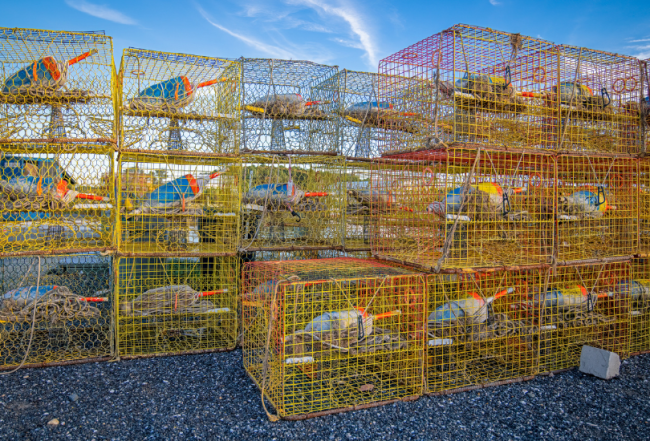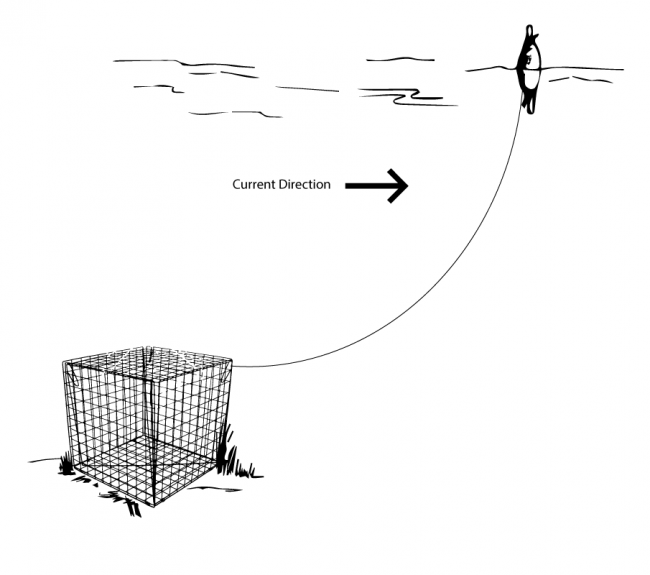In Virginia, March 17th marks the official opening to crabbing season on the Chesapeake Bay for commercial crabbers, and with it comes the fun of avoiding these markers that seem to pop up out of nowhere. Here's the rundown on why you should avoid them and how they can also help in your navigation.

First, let's get familiar with what these obstacles really are. Every spring/summer, commercial watermen deploy their Blue Crab pots in Maryland, Virginia, and North Carolina, and beginning in October, Floridians and other southern states start their Stone Crab Season.
The terms "pot" and "trap" are interchangeable when referring to the enclosed traps (usually a framework of wire) used to catch crabs in shallow waters. The attached retrieval markers or "pots" can range from colorful buoys or "corks" to empty milk jugs (and pretty much anything else that floats). They are so ubiquitous that some creeks and rivers along the ICW are clogged with pots making navigation tricky. And while most will use bright or neon colors, other dark-colored markers can be especially difficult to see in the best of conditions.
The objects you see floating are markers that are connected to a line that allows the pot/trap sitting on the bottom to be retrieved. Because the lines attached to the pots need to be longer than the water depth to accommodate for tide changes, the line comes up at an angle towards the surface of the attached buoy. You do NOT want to get a line wrapped around your prop!

To determine which direction the line is laying, you should look at how the buoy is being pushed by the current. Keep to the opposite direction of the line, though best practice is to keep a good distance from the cork altogether. However, sometimes you may have to traverse fields of them, and having a spotter on the foredeck is advisable.
Keep in mind that while it is against the law to place crab pots with marker buoys inside navigational channels, they sometimes can break loose and find their way there. Crab pots can, however, assist with navigation. On many stretches of the ICW, they delimit the channel and can often warn operators when they stray to the edge of the channel.
What are some of your experiences with these obstacles? Share them below.












